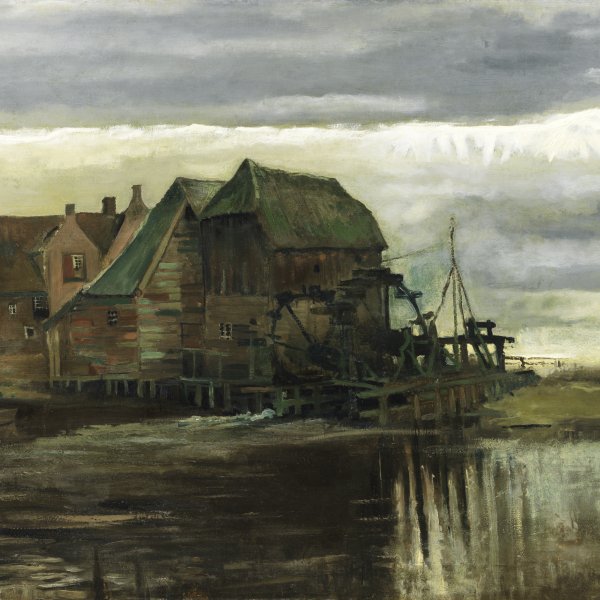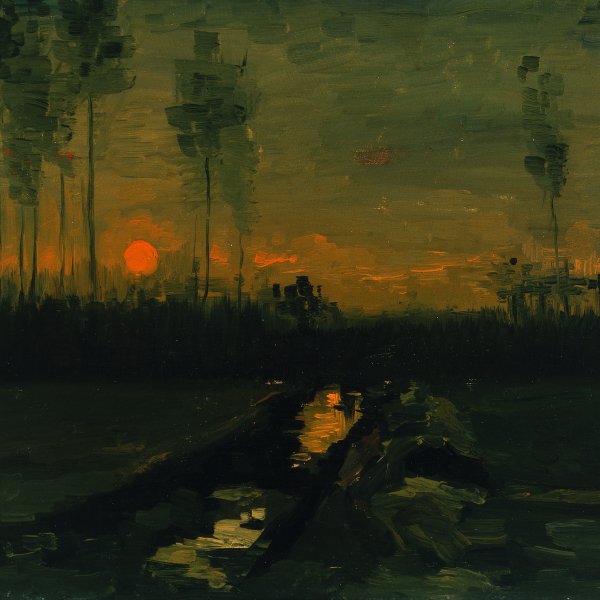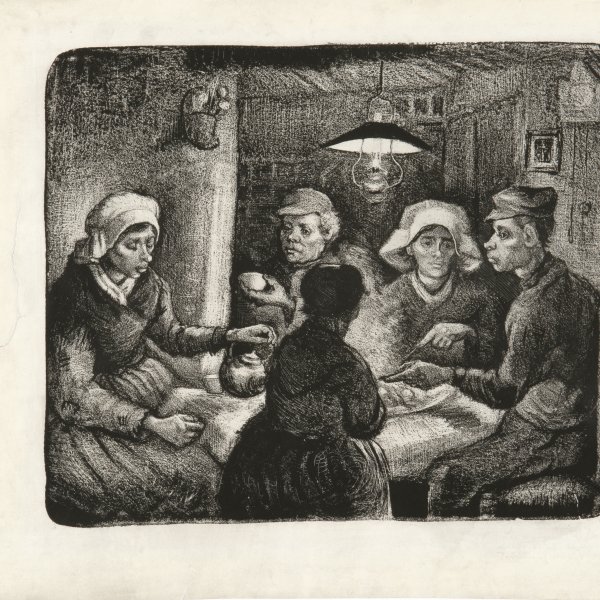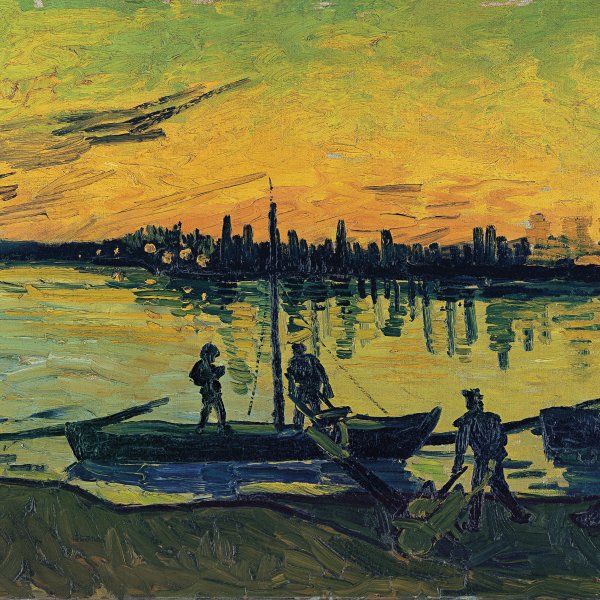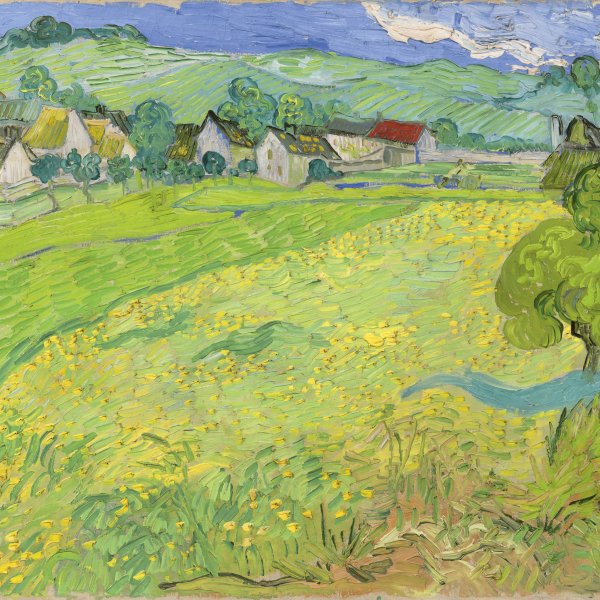Vincent van Gogh
Zundert, 1853-Auvers-sur-Oise, 1890
The son of a Dutch Protestant minister, Van Gogh started out working in an art gallery in The Hague, teaching French and practising as a lay preacher among Belgian miners. His early works reflect this working-class environment charged with social criticism and attest to the influence of the painters of peasant life Jules Breton and Jean-François Millet and his interest in the realist literature of the period.
From 1886 to 1888 the artist lived in Paris with his brother Theo van Gogh, who was an art dealer. There he met Toulouse-Lautrec and Gauguin and became acquainted with the new art movements then in full swing. He was heavily influenced by the work of the Impressionists and the Japanese prints of Hiroshige and Hokusai, and his palette became more colourful. In 1888 he moved away from the French capital to Arles, in the south of France, with the intention of establishing a community of artists. Beneath the blazing sun of Provence he painted rural scenes and began to abandon pointillist and Impressionist methods in favour of a painting with more synthetic forms and more garish colours. In October 1888 Gauguin went to see him at Arles and the two lived and worked together for a short period, soon clashing violently. One night in December, after a huge row in which Van Gogh threatened Gauguin with a knife, the artist cut off part of his ear. Following this incident he was committed to a hospital in Arles for a time and spent a year in the psychiatric hospital of Saint-Rémy.
Van Gogh spent the end of his life in Auvers-sur-Oise, a village north of Paris that was the home of Doctor Gachet, the physician and art collector to whom Theo van Gogh entrusted the care of his brother’s health. During the almost two months he lived there before committing suicide, he painted at a frenzied pace, with restored energy. Throughout these last weeks of his life he produced a few portraits but above all numerous landscapes using a reduced palette and agitated, nervous brushstrokes applied in an undulating, repetitive pattern. His stay in the village coincided with favourable criticism from Albert Aurier of the Mercure de France and an invitation to take part in the Brussels exhibition of The XX, where he sold a work for the first time in his life. However, despite these minor changes in critics’ and public appreciation of his oeuvre, after lapsing into another depression crisis, Van Gogh ended up taking his own life by shooting himself.
From 1886 to 1888 the artist lived in Paris with his brother Theo van Gogh, who was an art dealer. There he met Toulouse-Lautrec and Gauguin and became acquainted with the new art movements then in full swing. He was heavily influenced by the work of the Impressionists and the Japanese prints of Hiroshige and Hokusai, and his palette became more colourful. In 1888 he moved away from the French capital to Arles, in the south of France, with the intention of establishing a community of artists. Beneath the blazing sun of Provence he painted rural scenes and began to abandon pointillist and Impressionist methods in favour of a painting with more synthetic forms and more garish colours. In October 1888 Gauguin went to see him at Arles and the two lived and worked together for a short period, soon clashing violently. One night in December, after a huge row in which Van Gogh threatened Gauguin with a knife, the artist cut off part of his ear. Following this incident he was committed to a hospital in Arles for a time and spent a year in the psychiatric hospital of Saint-Rémy.
Van Gogh spent the end of his life in Auvers-sur-Oise, a village north of Paris that was the home of Doctor Gachet, the physician and art collector to whom Theo van Gogh entrusted the care of his brother’s health. During the almost two months he lived there before committing suicide, he painted at a frenzied pace, with restored energy. Throughout these last weeks of his life he produced a few portraits but above all numerous landscapes using a reduced palette and agitated, nervous brushstrokes applied in an undulating, repetitive pattern. His stay in the village coincided with favourable criticism from Albert Aurier of the Mercure de France and an invitation to take part in the Brussels exhibition of The XX, where he sold a work for the first time in his life. However, despite these minor changes in critics’ and public appreciation of his oeuvre, after lapsing into another depression crisis, Van Gogh ended up taking his own life by shooting himself.

